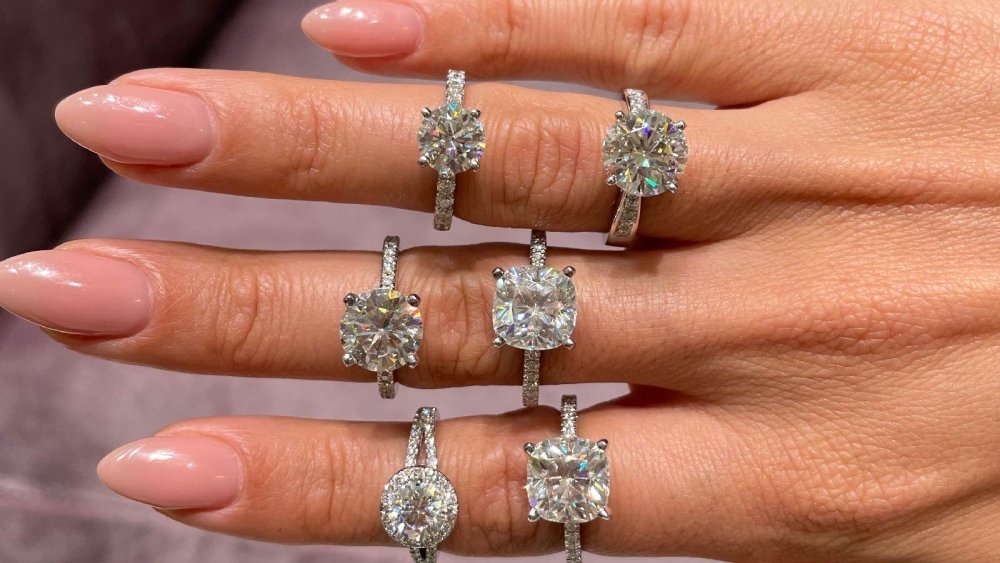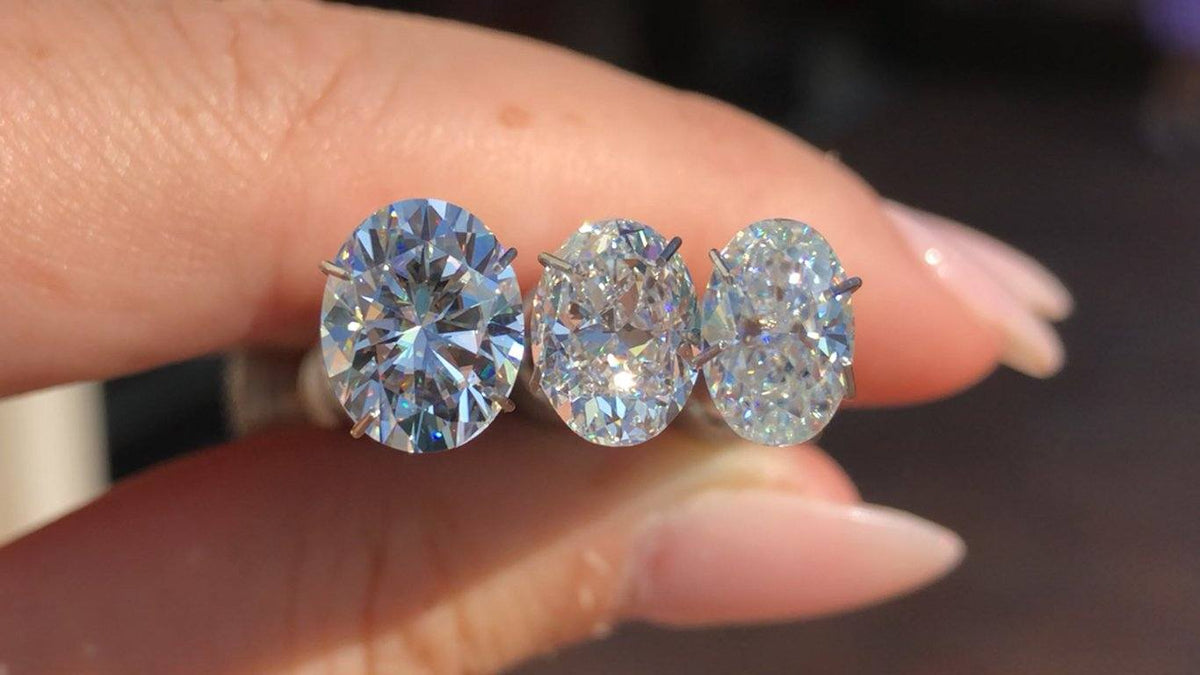Introduction: Unveiling the Differences Between Moissanite and Diamond
In the realm of fine jewelry, the choice between moissanite and diamond has become a topic of much debate. While both gemstones possess their own unique qualities and allure, understanding the distinctions between them is essential for making an informed decision. In this comprehensive comparison, we delve into the key characteristics of moissanite and diamond, exploring their similarities, differences, and suitability for various jewelry pieces.
Moissanite vs Diamond: An Overview
Composition and Origin
Moissanite vs Diamond is a naturally occurring silicon carbide crystal that was first discovered in 1893 by Nobel Prize-winning chemist Dr. Henri Moissan. While originally found in meteorites, moissanite is now created through a process called thermal vapor deposition, resulting in gem-quality crystals with exceptional clarity and brilliance.
Diamonds, on the other hand, are formed deep within the earth’s mantle under extreme pressure and temperature. Composed of carbon atoms arranged in a crystalline structure, diamonds are prized for their durability, brilliance, and rarity.
Physical Properties
Despite their differences in composition, moissanite and diamond share several physical properties that contribute to their beauty and durability. Both gemstones rank high on the Mohs scale of hardness, with diamonds scoring a perfect 10 and moissanite close behind at 9.25. This makes both stones highly resistant to scratching and suitable for everyday wear.
In terms of brilliance, both moissanite and diamond exhibit exceptional sparkle and fire, thanks to their refractive properties. However, some enthusiasts argue that moissanite’s higher refractive index gives it a slightly more colorful sparkle compared to diamonds.
Cost and Availability
One of the most significant differences between Moissanite vs Diamond lies in their cost and availability. While diamonds are naturally occurring gemstones that are mined from the earth, moissanite is lab-created, making it more affordable and readily available. This accessibility has made moissanite a popular choice for budget-conscious consumers who still desire the look and brilliance of a diamond.
Making the Choice: Factors to Consider
Budget
For many consumers, budget plays a significant role in the decision between moissanite and diamond. While diamonds can be a significant investment due to their rarity and value, moissanite offers a more affordable alternative without compromising on beauty or durability. Those with budget constraints may find that moissanite allows them to achieve the look they desire without breaking the bank.
Ethics and Sustainability
Another factor to consider is the ethical and environmental impact of your choice. While lab made diamonds have long been associated with conflict and exploitation, moissanite offers a conflict-free and eco-friendly alternative. Lab-created moissanite eliminates the need for diamond mining, reducing the environmental footprint associated with traditional gemstone production.
Personal Preference
Ultimately, the decision between moissanite vs diamond comes down to personal preference. Some individuals may be drawn to the timeless allure and prestige of diamonds, while others may appreciate the affordability and ethical considerations of moissanite. By weighing the pros and cons of each option and considering your own priorities and values, you can make an informed decision that aligns with your lifestyle and preferences.
Conclusion: Choosing the Perfect Gemstone for Your Jewelry
In conclusion, the choice between moissanite and diamond is a personal one that depends on a variety of factors, including budget, ethics, and personal preference. While both gemstones offer beauty, durability, and sparkle, they differ in composition, cost, and availability. Whether you opt for the timeless elegance of a diamond or the affordability and sustainability of moissanite, the most important thing is to choose a gemstone that reflects your style and values.




